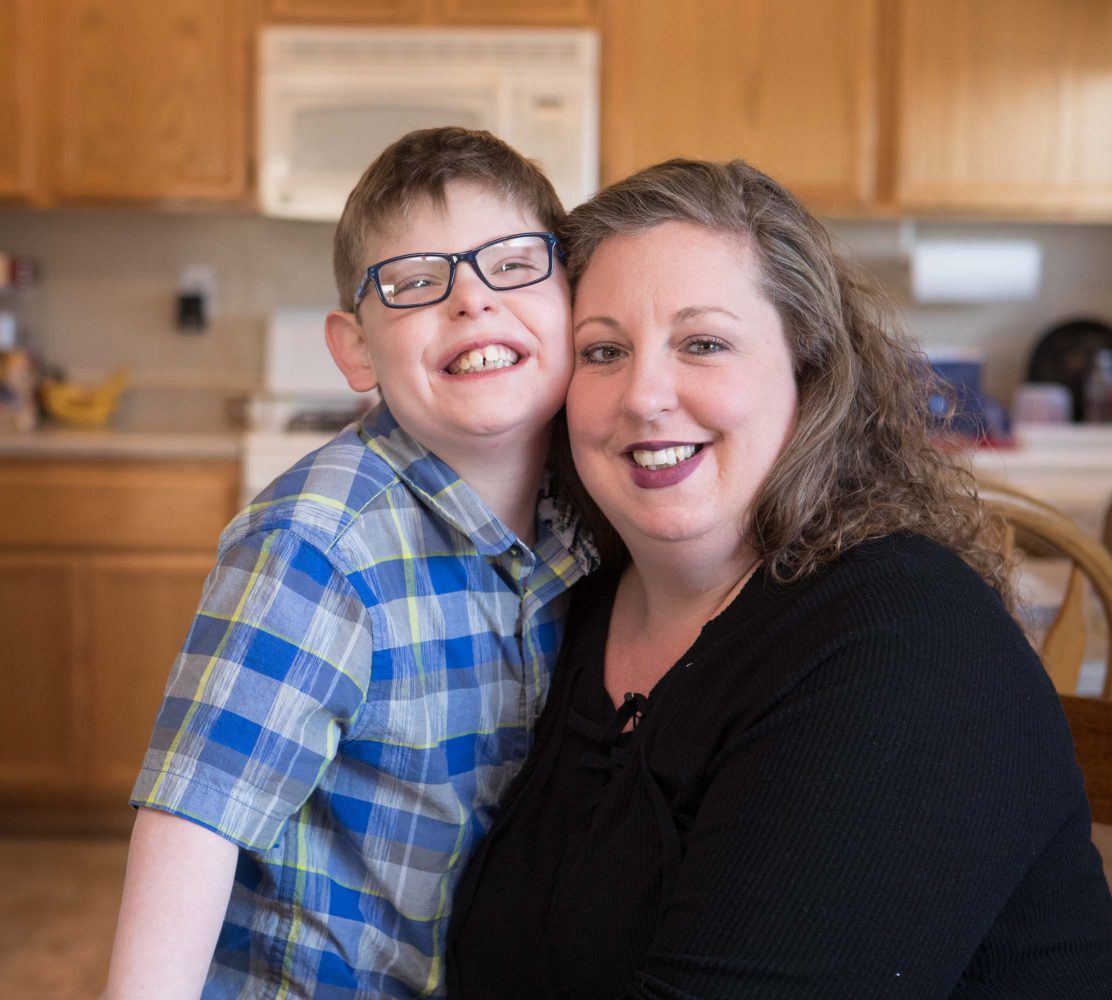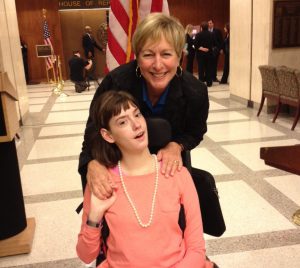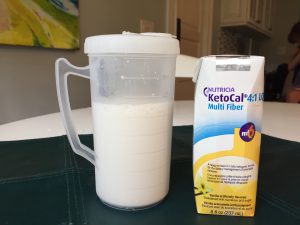 My sweet Coco just celebrated her 7th birthday! Coco loves being outdoors, swinging and listening to Taylor Swift. She has the most infectious laugh and is always ready to say hi and make new friends! Coco has two older and two younger siblings that she loves to try to keep up with!
My sweet Coco just celebrated her 7th birthday! Coco loves being outdoors, swinging and listening to Taylor Swift. She has the most infectious laugh and is always ready to say hi and make new friends! Coco has two older and two younger siblings that she loves to try to keep up with!
Infantile Spasms:
When Coco was just 4 months old she was diagnosed with Infantile Spasms, a rare and catastrophic form of epilepsy. Our world was turned upside down with hundreds of seizures a day that left Coco weak and miserable. We had noticed something was different about Coco around three months old. She wasn’t making noise, she slept often, and it seemed as though she suddenly couldn’t hear or see us. One night she looked like she was startled by a toy. It happened again, and again and again. I videoed and drove her to the nearest emergency room. We were assured that her movements were “normal” infant jerks. It continued at home that night so we went to a hospital with a pediatric emergency room. We were admitted for an EEG, MRI and several blood tests. The neurologist diagnosed Coco with Infantile Spasms and explained to us that there was a high chance of severe developmental delay. We were devastated. We started a gold standard medication. After two months, it wasn’t working so we tried another front line. And then another. None of them were working and Coco was having hundreds of seizures a day.
The Ketogenic Diet
After failing several medications, we traveled to Detroit when Coco was just ten months old to meet a neurologist specializing in Infantile Spasms. He suggested we try the ketogenic diet. We had run out of options and were desperate to stop the seizures. I came home and called our local hospital and another hospital with a big keto program to get Coco started. Both had extremely long wait lists and we knew waiting wasn’t an option. The specialist in Detroit agreed to help us start the ketogenic diet and within a week we returned and were admitted to begin the diet.
We spent a week learning about our new life with breastfeeding, purees and keto. Our dietitian was extremely supportive of me continuing to nurse so she came up with a “recipe” for us combining breast-feeding and other keto ingredients. We also learned to mix purees with butter for meals. The first few months on the diet were extremely difficult. It was a big adjustment to make all meals using a gram scale and being worried about every little thing including the shampoo Coco bathed with. We slowly started noticing a decrease in seizures and after six months of being on the diet, we had seizure control. Once Coco’s seizures were under control, she started making progress, first learning to hold her head up without support and then sitting up! The ketogenic diet was our miracle!
KetoCal®
As a toddler, Coco continued to struggle with purees and we had a hard time getting her to take in anything including water. Our neurologist suggested trying the ready-to-feed KetoCal® 4:1 LQ Vanilla. It was life changing! It’s easy for “on the go” and for the past five years it’s been Coco’s primary feeding source. We travel often and KetoCal 4:1 LQ is easy to pack and take anywhere! Coco has been on the ketogenic diet for 6 years now and KetoCal has been an invaluable aide every step of the way.
The ketogenic diet has become second nature to our family. We know exactly what Coco needs and what she can and can’t eat. It’s sometimes a struggle explaining the diet to others and even though she can eat meals that have been measured and mixed correctly, it’s difficult to trust that she’ll eat everything correctly at school and summer camp. KetoCal makes it worry free- we can send in her ready-to-feed KetoCal 4:1 LQ Vanilla and know that she’s getting the correct ratio and there’s no risk for error.
Coco’s Life Today
Coco had a tough battle the first months after her diagnosis and she is severely delayed. She’s non-verbal but can show preferences toward certain things and is learning to communicate with noises and gestures. She’s non-ambulatory but we haven’t given up on trying to learn to walk! She just finished first grade and can identify numbers 1-4 and some colors! We still don’t know what caused Coco’s Infantile Spasms, despite countless tests and traveling to see world-renowned specialists. The ketogenic diet has given Coco a better quality of life and has been our saving grace! We’ve tried weaning Coco from the diet a few times over the past few years and have been unsuccessful. We lose seizure control right away each time. We’re hopeful that one day she’ll be able to enjoy meals and treats with the rest of the family but for now we’re thankful the diet keeps the seizures at bay.
We were originally told we only had two or three years at most with Coco and here we just celebrated her 7th birthday! I’m forever grateful for the specialist that led us to the ketogenic diet and for KetoCal for making our daily lives so much easier!
Advice for Other Parents
Lastly, my advice to any parents thinking of starting the ketogenic diet with their child: Make a six-month commitment and stick with it! The diet can be a challenge but with tweaking and learning what works for your child, it’s worth it!
-Shelly
I was paid by Nutricia for my time to write this blog post, however, my opinions are my own.
KetoCal is a medical food intended for individuals age 1 year and up. It is intended for use under medical supervision.
The ketogenic diet for epilepsy should be used under medical supervision.
Please note that this is one family’s report of their experience with the ketogenic diet and may not be the experience of others. Individual results will vary. Please discuss the potential benefits of the ketogenic diet with your healthcare provider.
To learn more about the medical ketogenic diet for the management of intractable epilepsy, visit www.ketogenicdietforepilepsy.com.


 Follow
Follow

